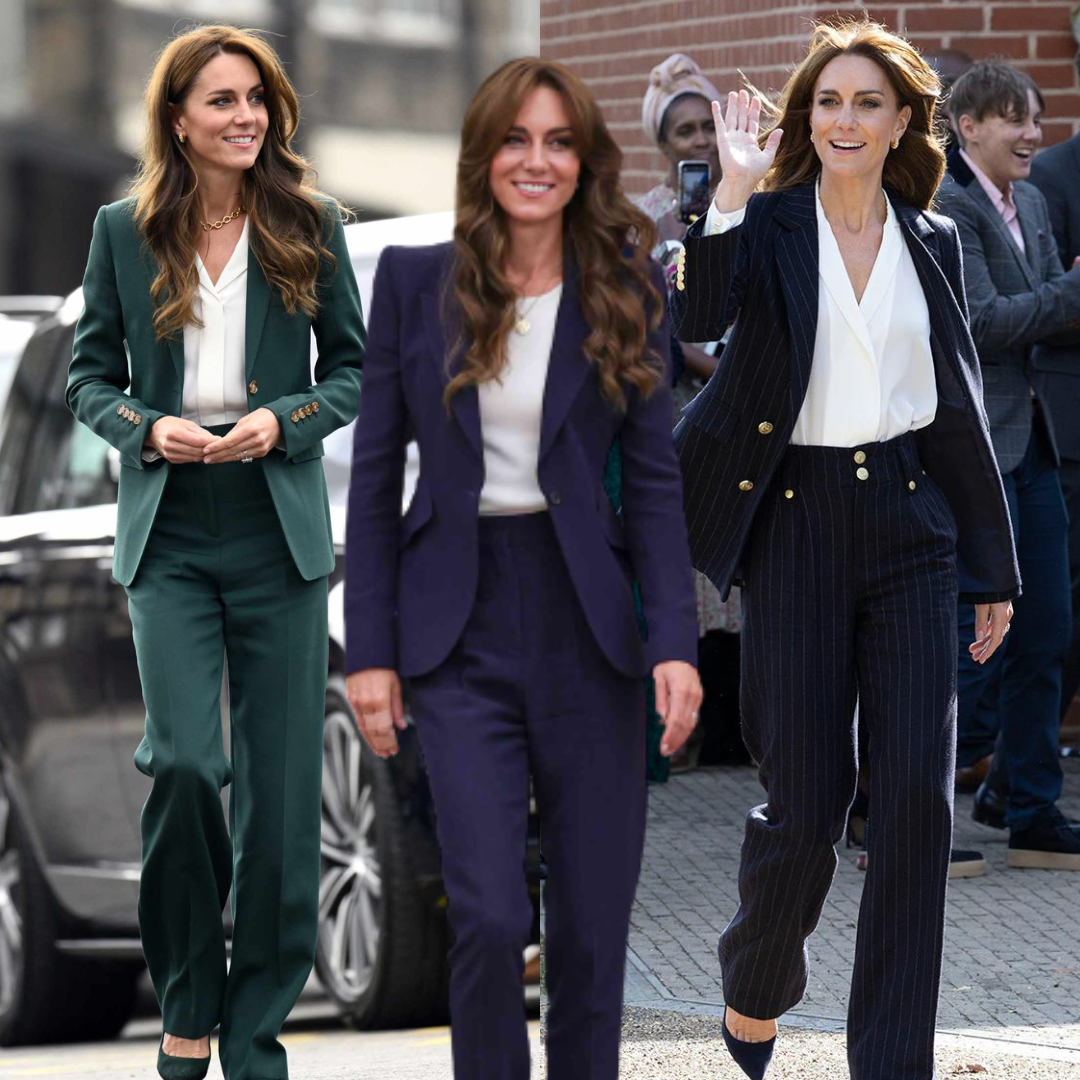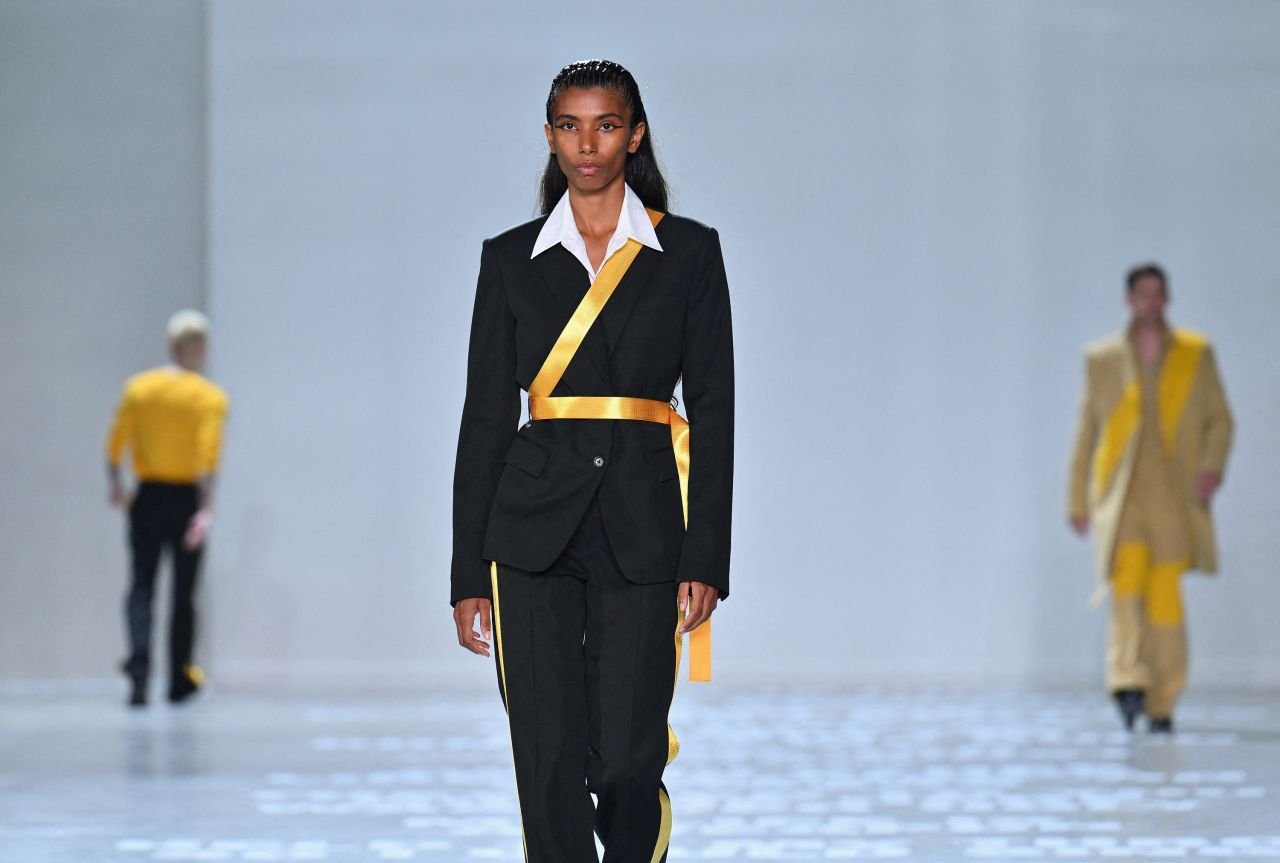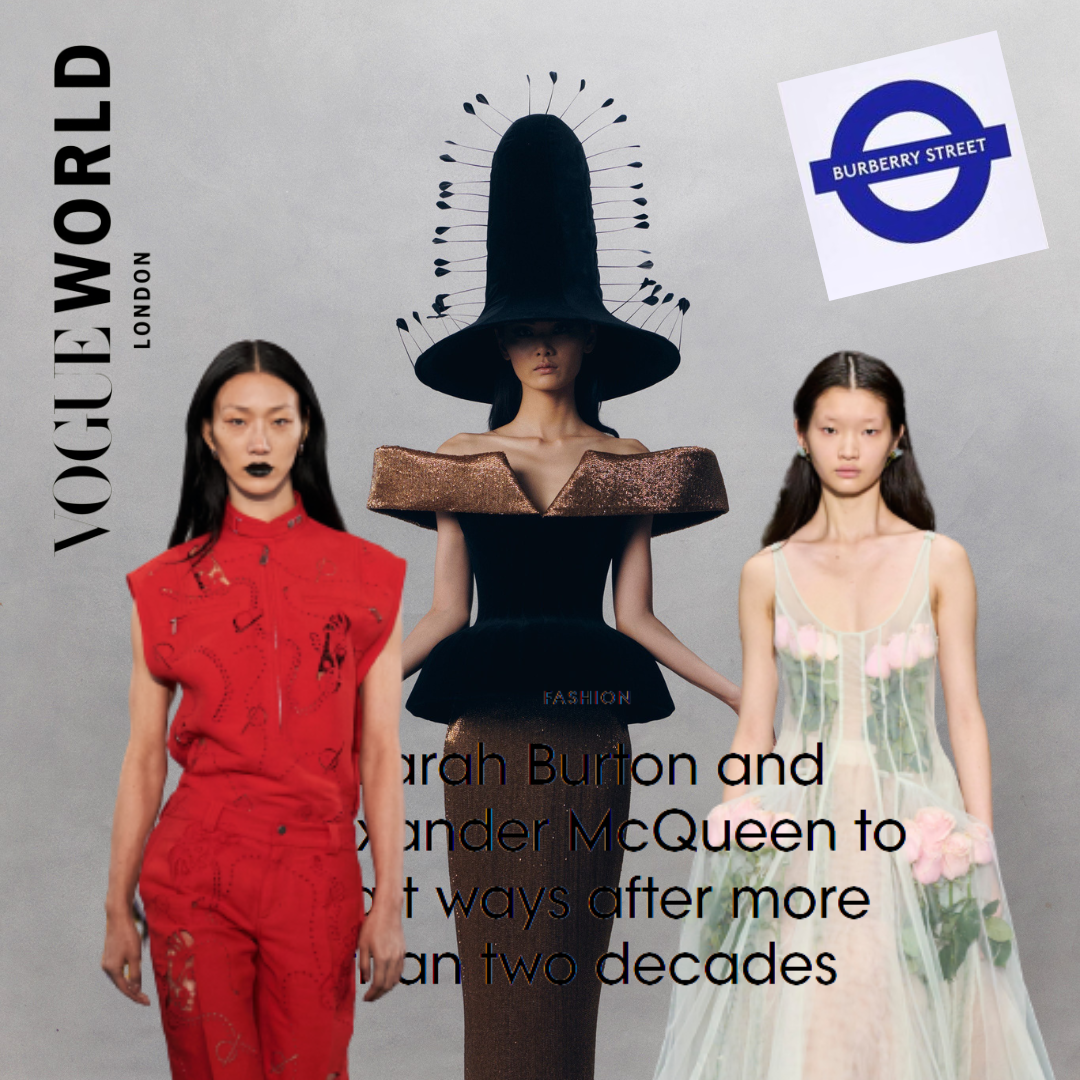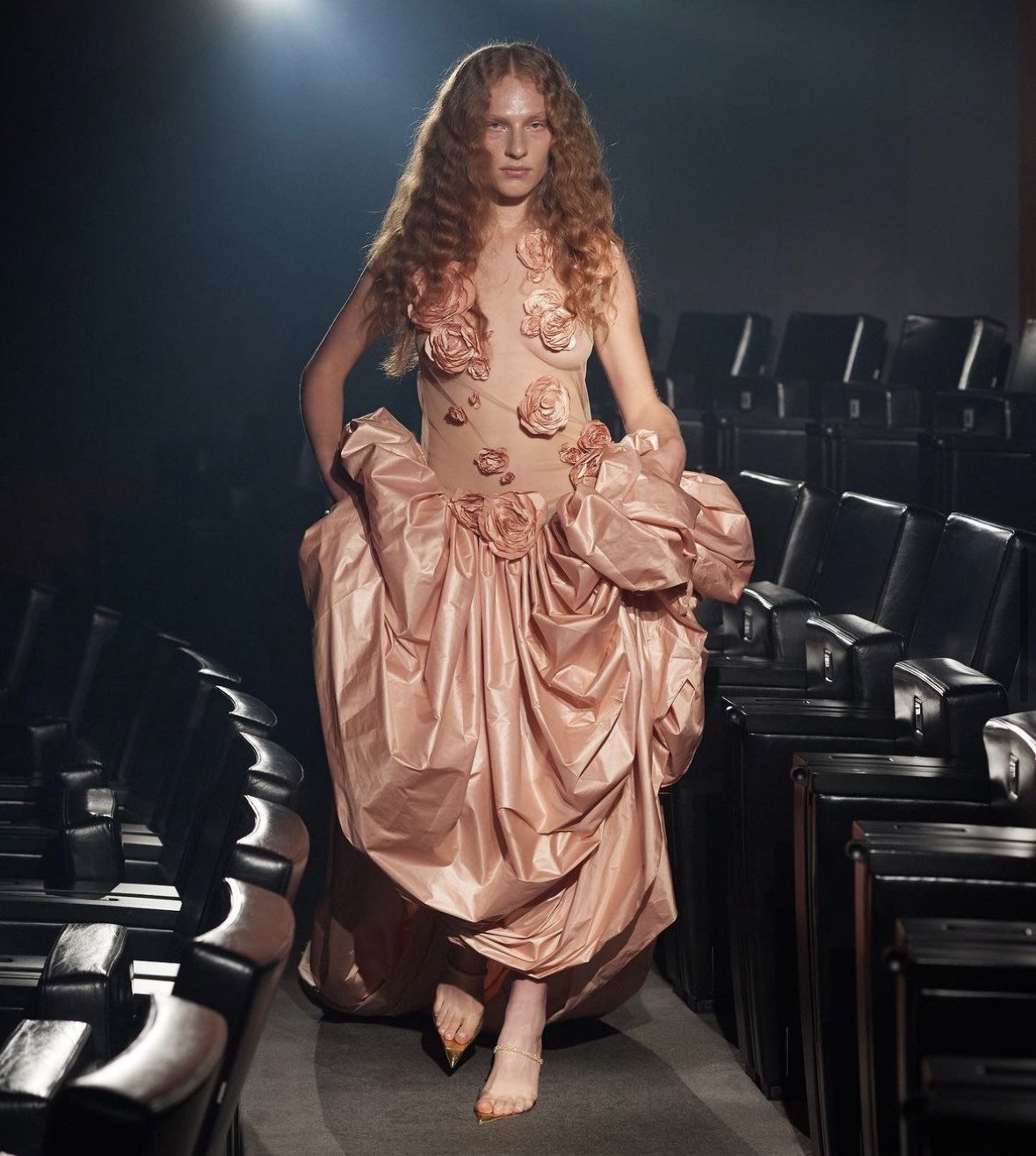What To Wear? The Clothes Of Victorian Working-Class Women
When we think of the Victorian era we usually think of voluptuous gowns and embroidered evening wear, women in bustles and tailored silhouettes. For the upper classes this is true, women did waltz around in these status showing dresses, however, this wasn’t the case for the majority of ladies.
For many, clothes were only practical – they kept you warm and allowed you to work. The Victorian era saw the age of industrialization, this had an impact on everything and even the clothes of the working classes. The general trend for women saw them working long hours, being paid low wages and wearing clothes that were cheap and hardwearing. Women were housewives or beginning to work and so uniforms were a common dress for them. Practicality was everything.
Domestic Servants
A large number of working-class girls became domestic servants (aka maids), this was pretty standard and many went from ages as young as eleven or twelve – if you were able to work you would be out of the house and helping your parents put food on the table. These young girls were out of the family home and into a strict hierarchy of servants. In large country estates and manors, there was a ranking system even between the lower servants, this left the staff at odds with each other as power and position was everything.
A Victorian Maid
For the girls who were lower servants (scullery maids, housemaids and kitchen maids), they would be working from approx. 6 am to 11 pm and would have an average yearly wage of £12-£25. Tasks ranged from serving to physical labour, so hard-wearing clothes and aprons were a must. Mob caps were common, these are made from circles of cotton that are gathered and all hair is hidden beneath to keep it out of the way. These were paired with print gowns or a simply-made black afternoon dress. Upper servants often had ‘neater’ uniforms, as these women would be seen by the family and their guests. Unlike the lower servants, there was less chance for these girls to get dirty, so they often sported the black afternoon dressed with white collars, cuffs and a lace-trimmed apron.
Victorian newspaper cartoons often featured humorous scenes with housemaids and their upper-class counterparts, these can be great sources to see the dynamic between the women – plus you get true interpretations of their clothing, as these are not always preserved well. Domestic services started to disappear after World War 1, but their clothing is always remembered as moral and practical.
The Dreaded Workhouse
You either know about the workhouse, or you don’t. The workhouse is very emblematic of Victorian society and their too practical nature. In short, the workhouse was a place you could go when you were sleeping rough or down on your luck. It would provide food (well, questionable food) and a bed in return for work. They were known to be riddled with disease and often getting a full night sleep was impossible due to improper beds, overcrowding and general rowdiness. Why would anyone go here? Imagine it’s winter in London, you haven’t eaten or slept and snow is forecast, your best bet at survival is the workhouse.
Women at a workhouse
Though stays at the workhouse ranged from a night to months, upon entry you were stripped and bathed and assigned a workhouse uniform. The uniforms, like most working-class clothes, were made from coarse materials and were designed to be long lasting – not comfortable. The general trend for women’s uniforms were long gowns, aprons, a shawl or bonnet or a mobcap. This is similar to the maid’s uniforms, however, for these poor ladies, the fabrics were old and often pre-worn.
It’s reported that some early workhouses had customs of marking out certain inmates through clothing, for example in Bristol in the 1830s prostitutes wore a yellow dress and unmarried pregnant women wore red ones. In 1839 the ‘Poor Law Commissioners’ issues a notice called “Ignominious Dress for Unchaste Women in Workhouses” which stopped these practices. Let’s just say, the workhouse was not where you wanted to be.
The Emerging Middle Class
As the country industrialized, the middle class started to emerge and women were able to settle in as housewives as their husbands provided for the family. As ever, these women wanted to show their new status through clothing. The women only had a few outfits, but they did dress relatively well. A standard outfit for an emerging middle-class woman would be a dress and a scarf, whilst these wouldn’t be extravagant Charles Worth style gowns, they were more than calico skirts. They allowed women to perform housework tasks and visit the market; they would also have an evening gown for an occasional party. As expected, with more income a woman had more choice of clothing.
Many women would sew at home or mend their own clothes, this was often done by hand as the sewing machine (invented around 1860) and paper patterns were more expensive. Clothing theft was another common way some women curated their wardrobe, there are numerous records of wealthier women’s dresses going missing due to a cheeky servant.
Dress As You Wish To Go On
Throughout history, dress is almost always an indicator of status and riches, and the Victorians were no less. Many took pride in their dress, shown through the strict divisions even between servants. Clothing was key to identifying you and often told pretty much everything about the wearer and their occupation. Unfortunately, much of the working class’ day-to-day wear has not been preserved so we are left imagining these clothes and the women who wore them.











